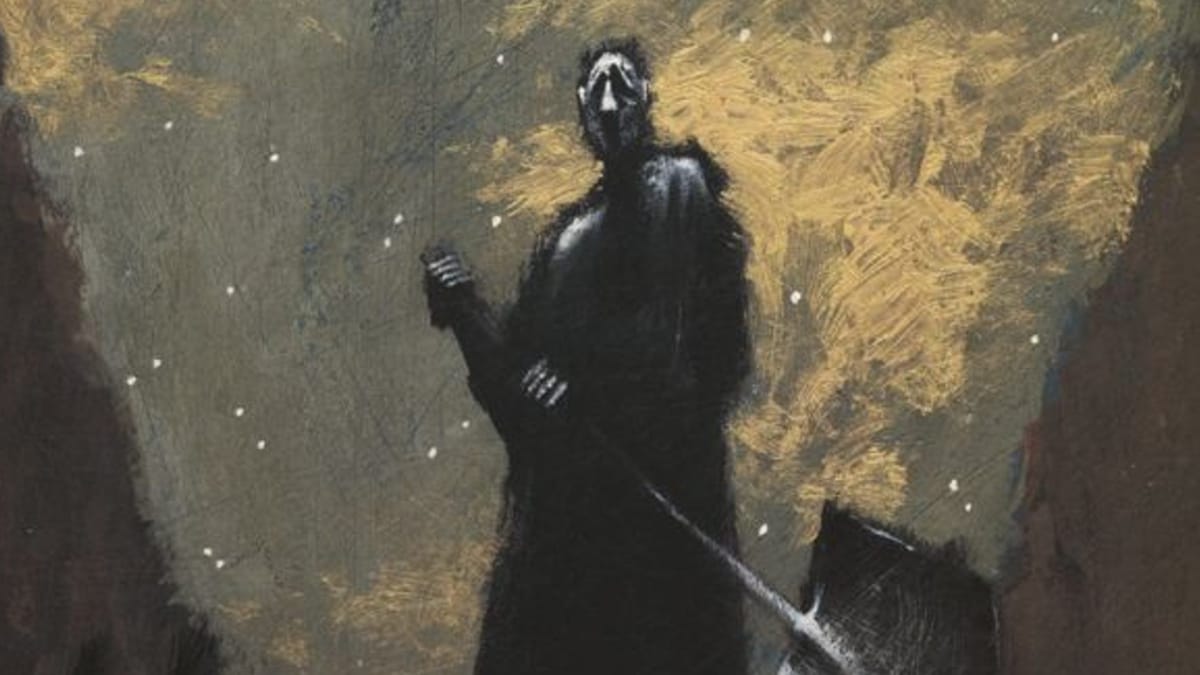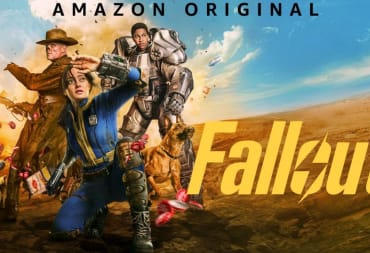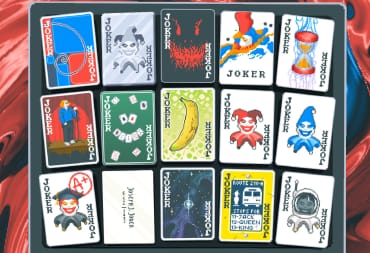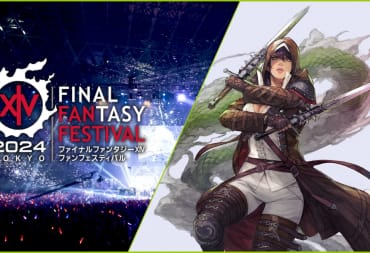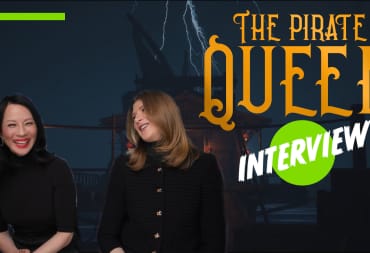When it comes to the masters of Horror in literature, there is perhaps no name that stands out better than Edgar Allen Poe. The quintessential choice for early gothic horror and the father of the modern detective story, Poe is arguably one of the most important writers from 19th century America. His works are on the same level as H.P. Lovecraft or Bram Stoker, if not above them for how timeless and memorable they are. Yet it is strange that, in the world of video games, Poe’s works have not seen many major titles based upon them.
With Poe’s works being so dark and macabre, it is amazing to find that only one video game is really dedicated to them, the obscure point-and-click adventure title for the PC, The Dark Eye. Released in 1995 by publisher Inscape, and produced by Time Warner Interactive, The Dark Eye is basically a retelling of some of Poe’s classical stories, with a new framed narrative to connect them all together. Part point-and-click adventure, but primarily an interactive fiction, The Dark Eye is a visual interpretation of Poe's work at its finest, offering bizarre and disturbing imagery and grim subject matter that only Poe-styled stories can deliver.
Inscape as a company was based in Los Angeles, and founded by Michael L. Nash. Nash, who has been involved in multimedia since the late 1980s, worked on his first game, in 1993, which was developed in cooperation with the San Francisco art collective known as The Residents. The Residents were primarily avant-garde designers and musicians who worked in multimedia since 1969, releasing over sixty different musical albums, numerous short films, and in the case of Freak Show, one of several CD-ROM games.
Nash, emboldened by the design process of Freak Show with The Residents, founded his own company, Inscape, a year later. He would continue to work with The Residents for a time at Inscape. Their next project together was Inscape's first official title, named The Residents: Bad Day on the Midway. Bad Day on the Midway was released in 1994 to critical acclaim and is considered to be one of the best CD-ROM games ever made due to its striking imagery, satirical storytelling, and experimental soundtrack.
Inscape would go on to create several games with this partnership with The Residents, but the second release from Inscape would be The Dark Eye in 1995. The game, themed after the works of Edgar Allen Poe, is a retelling of three of Poe’s classic stories: The Tell-Tale Heart, the Cask of Amontillado, and Bernice. Also included in the game is a reading of The Masque of Red Death and the poem Annabel Lee. Other references to Poe’s works are made within the game as well, including To Helen, The Raven, and The Premature Burial.
What made The Dark Eye unique among other adventure games at the time was its focus and presentation of the narrative, versus actual gameplay. The entire game is point-and-click adventuring in its shell, but completely stripped of what we would typically see in the genre, similar to the video game Myst in some ways. For example, there is no inventory, and the player can only carry one item at a time. There are also no real problems or puzzles to solve in the game, but rather interactive scenes that need to be watched in order to progress with the story.
While The Dark Eye lacks what many would see as typical gameplay, it makes up for it in mood and appearance. As an interactive novel, the player is put into the shoes of the three major storylines as both murderer and victim, seeing the stories play out from both characters’ perspectives. The player is also treated to stunning visual imagery through the use of clay puppets, with lead artist Bruce Heavin of Inscape designing the game world and the puppet's overall look, before hiring out a Hollywood studio to actually make the set design and the puppets. The game itself uses stop-motion animation for its cut-scenes and in-game movements, giving The Dark Eye a sort of “uncanny valley” quality to them, and all the more fitting for the macabre tone set by Poe’s works.
It is because of these flourishes that The Dark Eye excels at being a visually striking horror game. Avoiding typical jump scares and focusing on disturbing and creepy imagery, The Dark Eye excels at its production design as a game, giving players an interactive movie they can manipulate and effectively fill the shoes in the perspective of the character they portray. It is one of the few games where you not only play the role of a murderer, but go into their psyche as to why, and then act out their deed in grisly detail; The Cask of Amontillado, for example, has the murderer gingerly and calmly seal up his victim by creating a brick wall, all the while the victim shouts and begs for mercy.
It is grim and macabre subject matter, something that Poe was able to achieve on the page easily, which makes the game special and visually different from most games. So the true testament to how horrific The Dark Eye is comes from the visual treatment of the Poe stories, and the very off-kilter visions placed on screen for the players to watch.
The Dark Eye also provides a new, original story as a framing device. The new narrative interconnects the three Poe stories together and is written to be a tribute to Poe’s works, including the trappings of the death of a young woman, forbidden marriages, insanity, and murder. While the framing device is arguably the weakest narrative in the game, it is serviceable and provides enough of a reason to play the game through, if to just see the perspectives of victim and murderer in the Poe stories.
The soundtrack of the game was also notable as well. Not only does it have appropriate and moody music by famous Silicon-Valley-based composer Thomas Dolby, but the voice acting is notable for the use of famous author William S. Burroughs, as both a principal character in the framing story and as narrator of Annabel Lee and The Masque of Red Death. Burroughs would pass away two years after the game was released. Other voice actors included Tom Kenny and Jennifer Hale, in one of her first voice roles.
The Dark Eye was never a major hit, and many of the games designed by Inscape would be critically received but rarely played. By 1997, Inscape would be bought out by another company, and their relatively small library of games would fade into PC obscurity. Nash, the founder of Inscape, would go on to become a major player in the world of music and technology, recently working as the Executive Vice President of Warner Music Group (WMG) until 2011 and being instrumental to the partnership between WMG and YouTube, leading WMG to be one of the first companies to publically embrace the monetization of user-generated content.
As for The Dark Eye, it fell into obscurity. It is unlikely the game will ever be remade or re-distributed, but the title serves its purpose as a chilling, interactive novel showcasing one of the original masters of Horror. By today’s standards, there is not too much to it in terms of a video game, but its visual impact, and the fact that it is an interactive game, cannot be understated.
This post was originally published in 2015 as a part of our Horror Gaming Obscura series. It's been republished to have better formatting.
Have a tip, or want to point out something we missed? Leave a Comment or e-mail us at tips@techraptor.net
